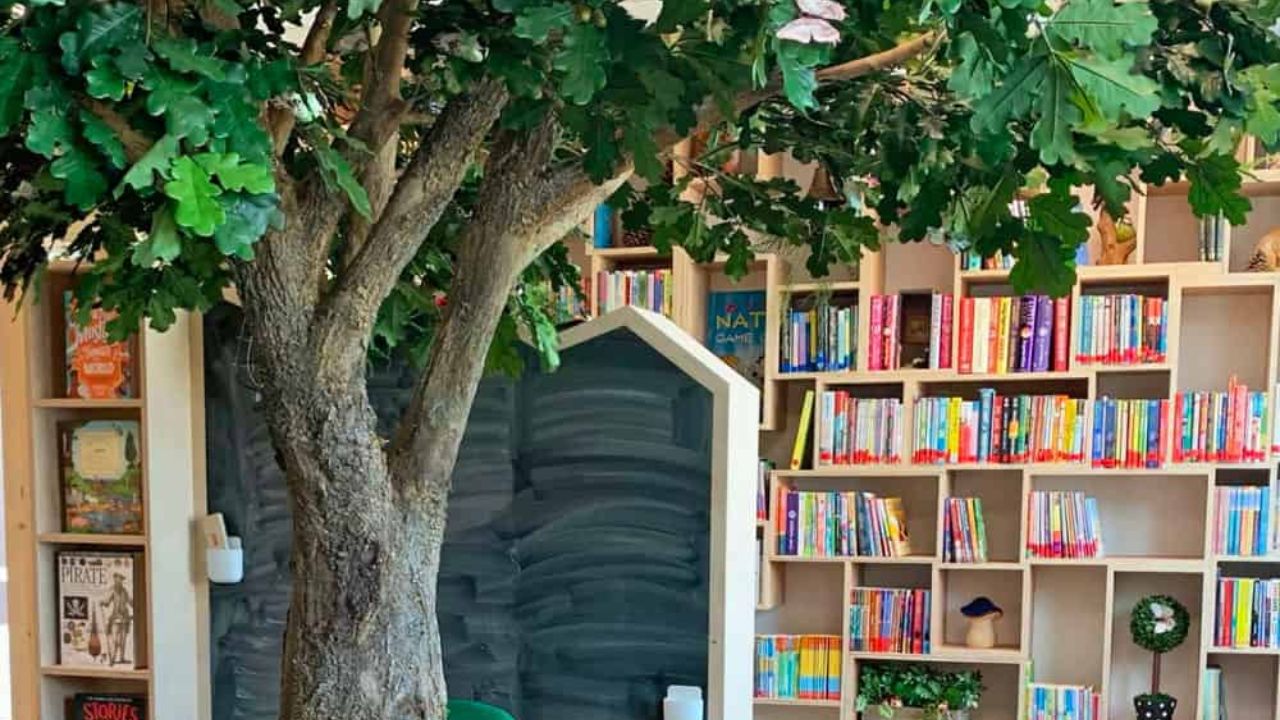In the context of learning, the environment is a very important aspect that helps in determining the learning process. These structures have become a very useful element when it comes to creating these areas into colorful, stimulating places where learning and imagination can thrive, and artificial trees have become a popular item in these regards. Xiamen Co-Arts Limited can supply various artificial trees for enhancing such spaces. From classrooms to corridors of schools and other common areas, these fake botanical marvels have many advantages that transcend aesthetics.
Creating a Natural Ambiance
Fake trees look like real trees but do not have all the problems associated with real trees. They introduce a piece of nature into homes and offices and can help decrease stress levels and increase focus among learners and instructors. When well positioned, trees can define areas, provide reference points, and even break the harshness of the environment thus making learning spaces more welcoming and comfortable.
Promoting Sustainability and Durability
Real trees are known to need watering, pruning, and sunlight, while artificial trees do not need any of these, hence making them friendly to the environment and educational institutions in particular. They are made from quality materials that can last long and can endure all the challenges of daily use thus making them cheaper in the long run. This durability also implies that they do not change in appearance throughout the academic year thus creating uniformity in the environment.
Facilitating Interactive Learning Zones
Decorative trees are not only aesthetic additions to the environment but they can also become functional parts of the learning environment, for example, used to divide the environment into interactive zones. These trees can be used as couches during storytelling sessions under the trees or as theme-based structures for science projects and environmental conservation. They enable the educators to change the space easily thus creating an effective learning environment that can accommodate different forms of learning activities.
Customization and Educational Themes
It is possible to state that the flexibility and adaptability of artificial trees are highly appreciated in educational environments. There is an option for institutions to choose from the type of tree, size, and foliage to fit the environment and the theme. Whether it is incorporating trees into a STEM area where students can use replicas of plants for biology or having a reading corner where children can have tree canopies above their heads, customization opportunities enable schools to create spaces according to learning objectives and lessons.
Maintenance and Safety Considerations
Fake trees can be easily maintained as opposed to real plants, thus cutting down on expenses and time used in their maintenance. They are also less dangerous per se in educational settings, with no allergens and possible risks linked to live plants. Fire-resistant materials also add to safety measures, guaranteeing that the buildings meet the set standards and give the school administration, teachers, and parents a sense of security.
Conclusion
The integration of artificial trees into the learning setting changes the conventional learning setting to active centers. In addition to the aesthetic value, such trees are environmentally friendly, enhance the learning process, and can be easily incorporated into the design and management of spaces. Artificial trees used in improving the appearance and utility of classrooms and other communal places are of great significance in establishing the appropriate environment that fosters learning among students. With the focus on the education institutions’ sustainability, artificial trees are a wise investment into the future of learning.


